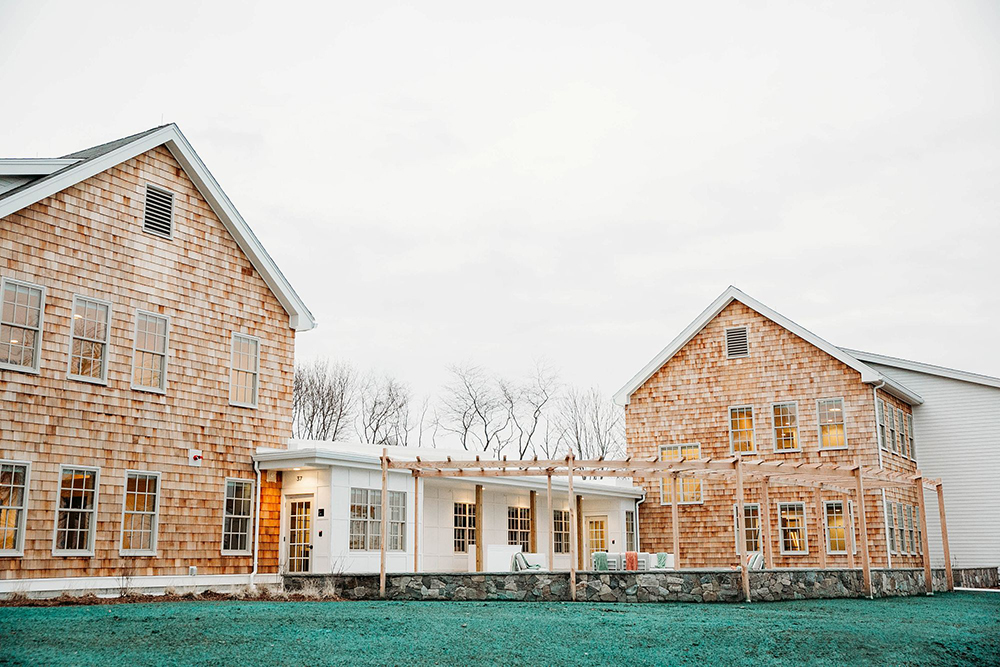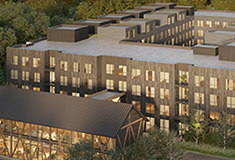News: Financial Digest
Posted: April 9, 2008
2008 economic stimulus package approved
Great news for taxpayers who are embarking on a new construction project or are adding leasehold improvements in 2008 - the Economic Stimulus Act of 2008 was officially signed into law on February 13, 2008, and with it, 50% bonus depreciation is back for a limited time.
Under the new law, taxpayers qualify for a 50 percent first-year bonus depreciation on certain types of property for the current tax year. As it relates to any building construction expenditures, the majority of these benefits can only be identified through the use of a cost segregation study.
By learning how the latest tax rules work, building owners and tenants in the process of construction can significantly decrease their tax payments.
Know the rules:
Increase tax deductions:
The rules behind bonus depreciation are fairly complex. Much of the eligibility for additional tax deductions from bonus depreciation is based on when construction has started. With the recent changes, taxpayers can claim an additional 50% first-year depreciation deduction on certain assets where construction started between December 31st, 2007 and before January 1st, 2009. For more info visit www.irs.gov/irb/2006-41_IRB/ar05.html.
Enhance your savings with cost segregation
Cost segregation studies reclassify a substantial portion of a building project from 39 years (or 27 1/2 years in the case of residential income properties), into five-, seven- and fifteen-year property. In addition to the normal accelerated deductions this creates, the assets also become eligible for bonus depreciation. Therefore, taxpayers constructing or remodeling buildings have even more incentive to have an engineering-based cost segregation study performed. The study will help the taxpayer take full advantage of the bonus depreciation rules by identifying every constructed asset that qualifies for the shorter depreciation periods, such as certain millwork, special electrical connections and landscaping.
The bottom line
To illustrate the tax savings, consider $100,000 of 39-year property that provides a $1,282 tax deduction in the first year. If a cost segregation analysis were to reclassify this $100,000 into five-year property, the resulting tax savings would be twofold. By making the property eligible for bonus depreciation, up to 50% can be deducted in the first year, allowing for a deduction of $50,000. The shorter tax life allows for an additional first-year deduction of $10,000, bringing the grand total in first-year tax deductions to $60,000 compared to $1,282 without the study. That is a 4,580% increase in first-year tax deductions! This can be further enhanced by the increased 179 deduction as well.
Enhanced expensing
In addition to bringing back bonus depreciation, the Section 179 limit is nearly doubled so the maximum amount that businesses can write off under §179 goes from $128,000 to $250,000 during 2008. The Economic Stimulus Act of 2008 also raises the phase-out threshold from $510,000 to $800,000 for 2008. That means once a taxpayer has added more than $1.05 million in qualifying property, they have no §179 deduction. No other changes were made to the existing rules applicable to §179.
The new law makes no changes to the general rules for the types of property that are eligible for expensing. Generally, the property must be tangible personal property, which is actively used in the taxpayer’s business and for which a depreciation deduction would be allowed. The property must be used more than 50% for business and must be purchased during 2008.
Act now
The incentives included in the new law can result in substantial benefits for property owners, but they are limited to the current tax year. Taxpayers in the process of construction should take full advantage of the bonus depreciation rules by having a cost segregation study performed to further decrease their tax liabilities and increase their cash flow.
Scott Zarret, CPA, is the director of strategic development at KBKG, Inc., and CJ Aberin is a senior manager for cost segregation services at KBKG, Inc., Pasadena, Calif.
Tags:
Financial Digest
MORE FROM Financial Digest
Preservation of Affordable Housing secures $23.5 million in financing from Rockland Trust and Citizens Bank
Cambridge, MA The nonprofit Preservation of Affordable Housing (POAH) has secured $23.5 million in financing from Rockland Trust and Citizens Bank to transform a 150-year-old, underutilized church complex into housing. The project will ultimately create 46 affordable family-sized apartments.
Columns and Thought Leadership

Conn. hospitality market: A technical appraisal perspective on market dynamics and valuation challenges (2019-2025)
The Connecticut hospitality market has demonstrated uneven recovery patterns between 2019 and 2025, with boutique and historic properties achieving $125 RevPAR in 2025, up 8.7% from the 2019 level. Coastal resort properties achieved a $105 RevPAR in 2025, representing 10.5% growth since 2019. Casino corridor properties maintained modest growth with RevPAR improving 4.5% to $92 in 2025.

Examples of investors who used Kay Properties for legacy and estate planning purposes for rental property/portfolios - by Dwight Kay
Preserving wealth across multiple generations requires strategic planning, foresight, and the right investment vehicles. Delaware Statutory Trusts (DSTs) offer a powerful solution for families looking to build and protect their financial legacy and to efficiently plan for their estate.









